The exhibition "Iktidar-40". New Iranian Defense Industry
During the opening ceremony of the exhibition "Iktidar-40" sounded interesting statements. Chief of the General Staff of the Iranian Armed Forces divisional general Muhammad Bakeri said that the exhibition shows 500 samples of weapons and military equipment exclusively Iranian development and production. However, he noted that we are talking only about a part of the country's defense power. The general pointed to the fact that the exhibition presents domestic developments in all major areas of military affairs, from small arms weapons to missiles of different classes.
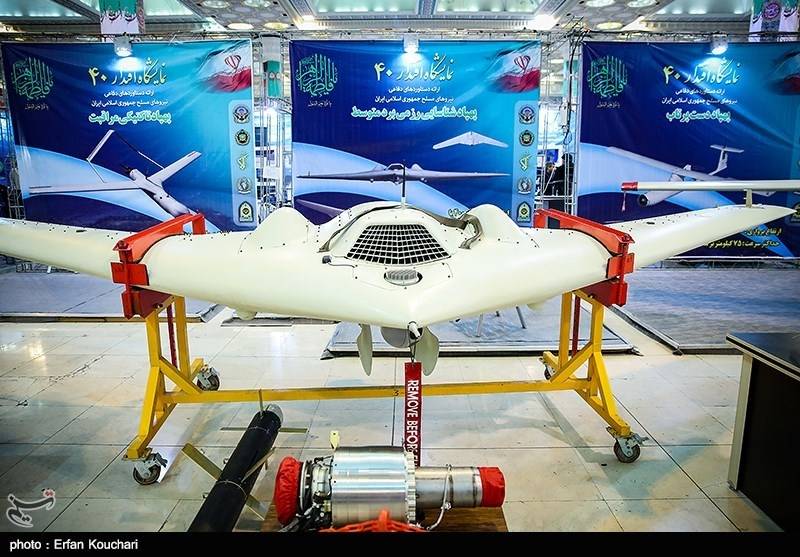
UAV "Sageh" - one of the most interesting Iranian developments. Photo Imp-navigator.livejournal.com
The exhibition demonstrates the ability of the Iranian industry to create and produce various types of military products. According to M. Bakery, enterprises with their products are ready to enter the international arms market.
Unmanned new items
The Chief of the General Staff in his speech indicated that Iran is currently among the world leaders in the field of unmanned aerial vehicles. Indeed, at the Iktidar-40 exhibition there is a mass of Iranian-made UAVs, developed independently or copied from foreign samples. Much of these products are already known to foreign specialists and the public, but new samples were present in the exhibition halls.
The main vehicle in the unmanned area was the Kaman-12 aircraft. During the exhibition in Tehran, it was first shown to the general public. The project developers announced some of the characteristics of this machine, but did not disclose other details. In particular, the purpose of the UAV and its real capabilities remain unknown. However, the characteristic appearance of the machine and the available data can serve as a hint.
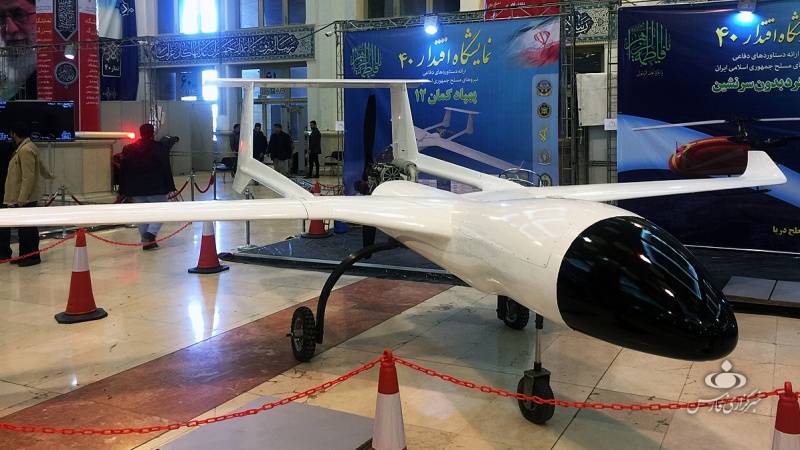
The latest drone "Kaman-12". Photo Parstoday.com
The Kaman-12 is an aircraft-type UAV with a two-beam fuselage architecture and a high elongation straight wing. The main fuselage received a characteristic nose fairing, under which something interesting can be hidden - for example, optoelectronic equipment for reconnaissance. A piston engine with a pusher propeller is provided in the tail of the fuselage. Wingspan drone can be estimated at 4-5 m. Declared take-off weight of 220 kg (payload unknown), speed - 200 km / h. Range - 1000 km. Apparently, "Kaman-12" is intended for patrolling given areas and surveillance, as well as for reconnaissance and target designation.
At the exhibition for the first time showed a promising unmanned aerial vehicle helicopter. Unfortunately, most of the information about it is not yet available. The project with an unknown name provides for the construction of a classic helicopter scheme with a tail rotor. The bearing screw has a pair of blades and is equipped with a full-fledged swashplate. The machine does not have a solid closed fuselage, instead of which a frame made of profiles is used. At the same time, the bow and the upper part of the frame are covered with a plastic fairing. On the sides of the frame, above the ski chassis, it is planned to install containers with a payload. It is alleged that the new unmanned helicopter can carry cargo and rise to a height of more than 1800 m.
Along with these novelties, already known unmanned aerial vehicles were demonstrated, both in the original version and in the upgraded version. For example, the public was again shown the Sagekh UAV, the design of which took into account the peculiarities of the American RQ-170 Sentinel trophy. Unfortunately, the Iranian army has not yet disclosed the details of this project. Information on the status of the equipment, its production and operation are still fragmentary in nature and come only from third-party sources.
Anti-tank systems
Since the mid-eighties, Iranian industry produces anti-tank missile systems of the "Tufan" family. As technologies emerge and develop, as well as due to changes in the customer’s wishes, their modern modifications as well as completely new family models are created. At the Iktidar-40 exhibition, along with the already well-known Tufans, they showed for the first time two new missiles of this series.
The first of the new products is the Tufan-3M rocket. It is a modernized version of the existing product “Tufan-3” and, while retaining common features, receives new components and capabilities. The base version of the missile had a length of 1,16 m and a mass of 19,1 kg. "Tufan-3M" has a characteristic layout with a central location of the engine with oblique side nozzles. Behind the engine is placed the instrument compartment. From the base product rocket version «3M» differs in other military equipment.
The missile complex "Tufan-3" had a "regular" cumulative warhead with armor penetration at the level of 80-100 mm - well below the actual requirements for anti-tank systems. The project "Tufan-3M" uses a new cumulative cross-section warhead, controlled by laser and magnetic fuses. Undermining of the warhead is carried out when flying over the target, with the result that the cumulative jet enters its least protected part. The flight characteristics of the Tufan-3M rocket probably remained at the level of the base model.
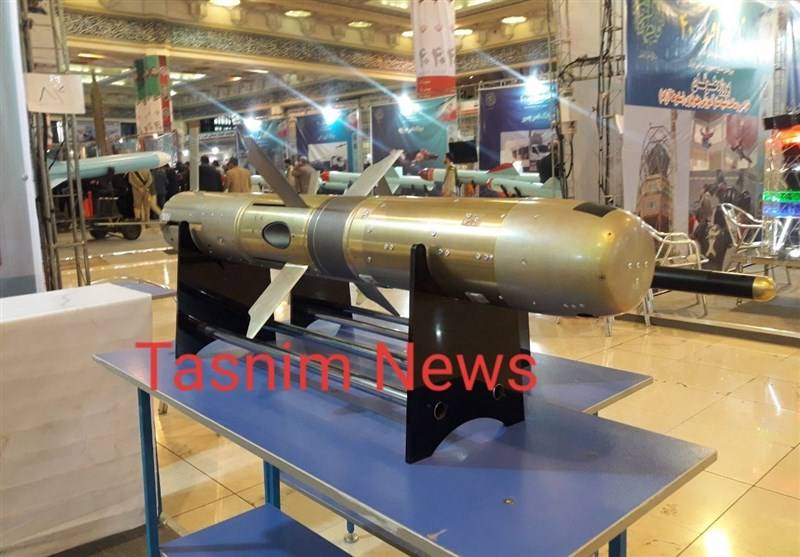
Anti-tank missile "Tufan-3M". Photo Tasnimnews.com
Rocket "Tufan-7" was developed using the available developments, but is not a modification of existing weapons. However, there is reason to assume the use of some ready-made units - first of all, the engine and control systems. The new rocket is distinguished by its large size and the starting mass increased to 21 kg. Due to this, the flight range has been increased to 3,7-3,8 km. According to different sources, "Tufan-7" can deliver to the target combat units for various purposes. The guided missile “platform” is capable of carrying a cumulative, high-explosive or thermobaric warhead.
Aviation weapon
At the Iktidar-40 exhibition, for the first time, a promising air-to-ground guided missile called the Akhgar was presented. This product is intended for the destruction of various ground objects of the enemy, from military vehicles to buildings. The rocket is transported and launched from the external suspension of the aircraft carrier. Such weapons are intended for tactical aviation.
The Akhgar rocket received a cylindrical body of large elongation with a tapered head. There are planes near the nose compartment and in the tail. The rear set of planes performs the functions of stabilizers with rudders. The product has a length of 1,7 m and a diameter of about 130 mm. Starting weight - 27 kg, of which 7 kg falls on high-explosive fragmentation warhead.
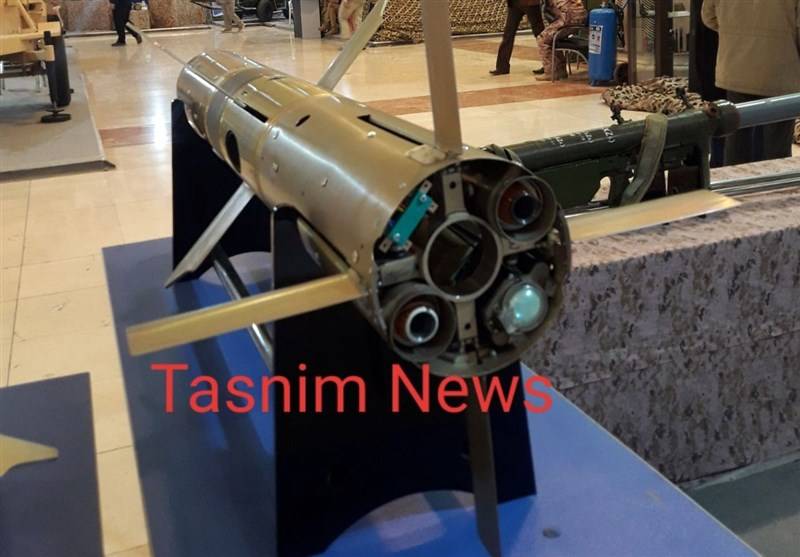
The tail of the rocket with instrumentation. Photo Tasnimnews.com
The new aircraft missile is equipped with a television correlation homing head. Such a device monitors the specified target and ensures that the rocket is held on the desired trajectory. The range of the Akhgar missile is determined in 30 km. The speed of the trajectory - 600 km / h. The list of possible aircraft carriers is unknown. Probably, all new front-line aircraft of the Iranian Air Force can use the new missile.
The most interesting novelty for aviation is the Sahin airborne defense complex. This product is made in a streamlined body, resembling an aircraft rocket, and is intended for suspension on combat aircraft. With the help of special ammunition, the Shahin system should protect the aircraft from enemy missile attacks. The complex also provides protection from radar systems. How exactly these effects are achieved is not specified.
Ground missiles
Last year, Iran officially unveiled a new ground-based cruise missile Sumar, similar in appearance to some foreign samples. At the current exhibition, the Iranian industry has shown a new version of the weapon of the same class, known as "Hoveyze." The main tactical and technical characteristics of the new cruise missile are not disclosed.
The Sumar and Hoveyze missiles are of particular interest to Russian specialists and the public. The fact is that these products can be an unlicensed copy of Soviet-made aircraft weapons. Back in the middle of the two thousand years, from various sources, both Russian and foreign, it became known that at the beginning of the decade Iran had secretly acquired in one of the CIS countries and imported, using forged documents, several X-55 air-launched cruise missiles, as well as a set of equipment to work with them. At the same time, information was published about the beginning of the reverse engineering process with the aim of creating its own Iranian cruise missile project.
Apparently, the outcome of such events was the emergence of Sumar and Hoveyze ground-based cruise missiles. Externally, these products are similar to the base sample, but may differ internally. In addition, Iranian missiles are distinguished by the presence of a starting engine, which ensures the take-off of the missile from the ground and the initial set of speed. However, Iran, since the time of the first suspicions, is in no hurry to admit to copying another's rocket and continues to call Sumar and Hoveyze its own development.
Pictures from the exhibition
According to the Iranian army chief of staff, the Iktidar-40 exhibition exhibits about half a thousand different types of weapons and equipment. All these samples are designed and manufactured in Iran on their own. It is also claimed that its own industry is capable of meeting all the basic needs of the Iranian army, and in addition, it can supply its products for export.
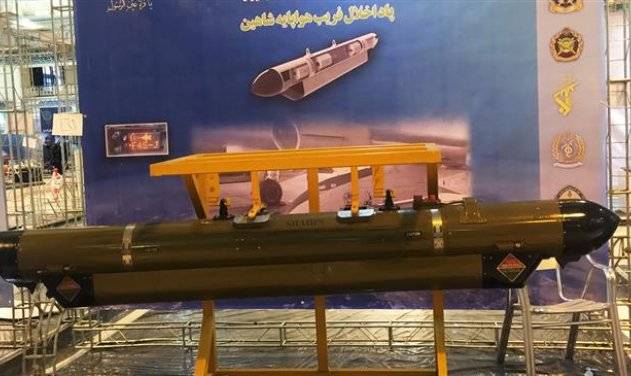
Defense complex "Shahin". Photo Defenseworld.net
For one reason or another, really new models made up only a limited share of all exhibits, while other areas were occupied by already known weapons and equipment. At the same time, new developments apply to all major classes of interest to the modern and developing army. In general, all this indicates a sufficiently large potential of the defense industry of Iran.
A careful study of the latest developments in recent years, including those first presented at the very end of January, shows several major trends and specific features of the development of the Iranian military industry. First of all, it is the desire of the command and the fundamental ability of enterprises to create new designs and then put them into production in the interests of the armed forces. Iran wants to be a regional leader, and for this it needs modern weapons and equipment.
It should be noted that the real possibilities of Iran are limited by a number of objective factors. First of all, Iranian enterprises do not have access to a wide range of modern technologies, materials and developments. In addition, they do not have the desired experience in some areas, and they simply did not have time to form their own design school. All this in a certain way affects the performance of the industry.
Not having the proper experience, but experiencing the need for new samples, Iran is solving urgent problems in the simplest way. He develops existing developments, and also tries to copy foreign samples. It is for this reason that some new weapons are too similar to the old ones, while others have a suspicious similarity with foreign ones. However, this is not the only approach used. A search is underway for our own ideas and solutions, including with an eye on foreign experience. The result of this are the new samples of their own design, only limited to resemble foreign ones.
Using several different approaches, Iran is developing its own weapons and military equipment of all major classes. It is unlikely that this country can claim to world leadership in the field of defense technologies, but its capabilities, in general, meet the needs. The result of focusing on creating new projects are very interesting samples. Some new developments were shown at the Iktidar-40 exhibition, and it is quite possible that Iran will demonstrate the next product of its development in the near future.
On the materials of the sites:
http://iranpress.com/
http://parstoday.com/
https://presstv.com/
https://eadaily.com/
http://defenseworld.net/
https://upi.com/
http://nvo.ng.ru/
https://imp-navigator.livejournal.com/
https://bmpd.livejournal.com/
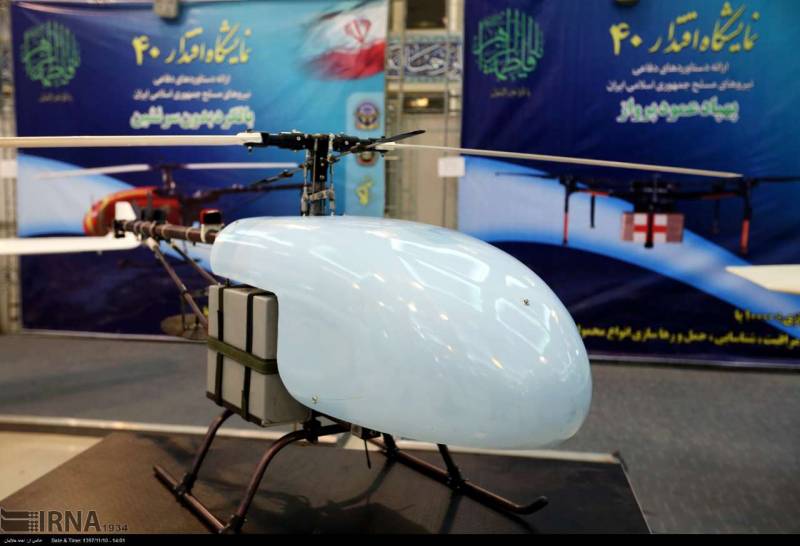
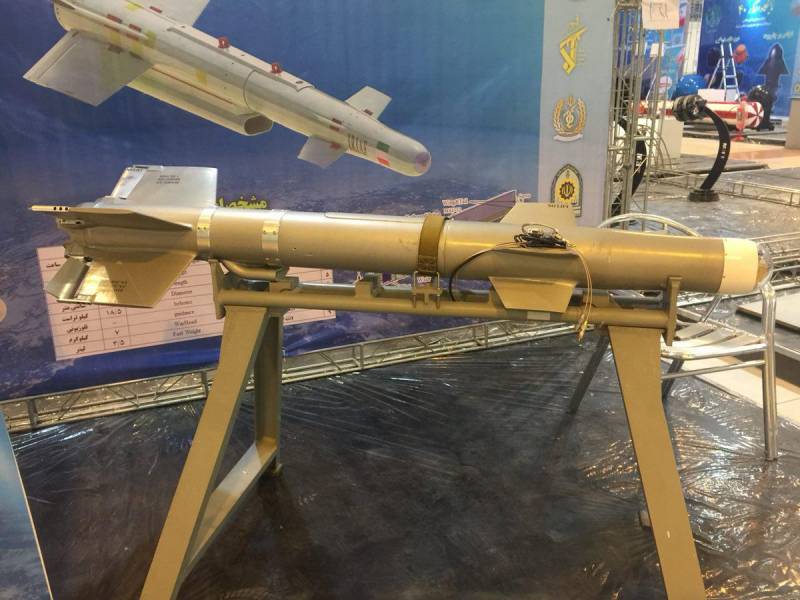
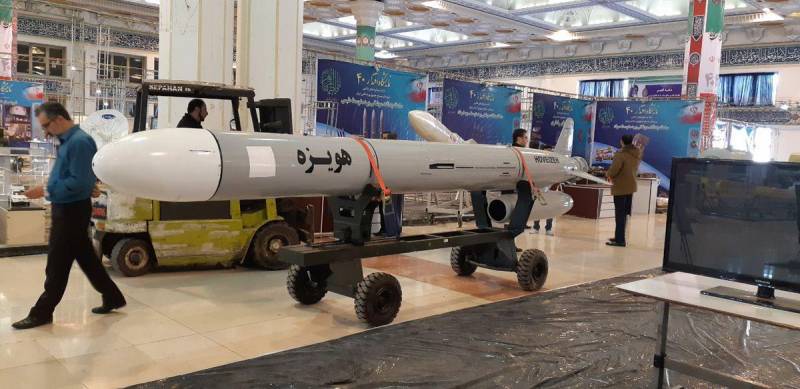
Information